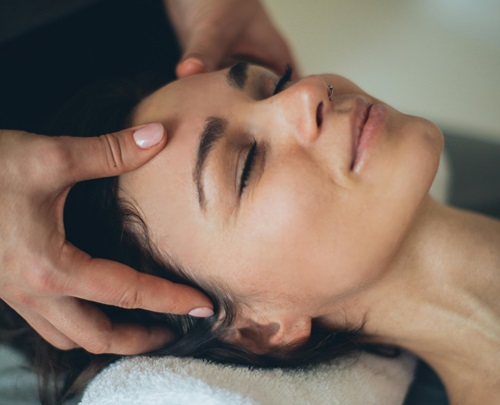The Lowdowns On Rubdowns
Sports massage may be one of the most important parts of your training program. Here’s why.
By Beth Mcnichol published in Runner’s World
http://www.runnersworld.com/article/0,7120,s6-241-286–6713-0,00.html
Loretta Ulibarri, 49, is training for her 49th marathon this summer, which will put her on target to reach 50 marathons by her 50th birthday. Achieving this feat, which has sometimes required tackling four marathons a year, took more than guts, grit, and lots of running shoes. “If it weren’t for massage, I wouldn’t be able to do this,” says Ulibarri, who lives in Denver. “I had a lot of inflammation problems and ongoing soreness that interfered with my training. Ten years ago, I started getting a sports massage every three weeks, and since then, I’ve been injury-free and able to train year-round.”
Sports massage isn’t a froufrou spa treatment. Nor is it reserved for hard-core elite athletes. It’s a method of flushing out the lactic acid that’s produced when we run, says New York therapist and marathoner Leslie Goldblatt Denunzio. This waste can build up in muscles and cause soreness over time. Removing it speeds recovery and increases flexibility, both of which can improve performance. “If you have the right shoes and training plan, and you eat and hydrate well, massage is the one extra thing that will make a difference in how well you train and race,” says Denunzio. Sports massage combines other massage techniques, including deep-tissue and Swedish. What sets it apart is that it targets and reduces tension in muscles and joints that are affected by athletic use and injury.
But don’t just take our word for it. Researchers from Ithaca College in New York recently found that massage therapy administered two hours after exercise reduced the intensity of muscle soreness 48 hours later. An Australian study showed similar findings: Post-exercise massage lessened soreness 24 hours later. Scientific evidence linking massage with injury prevention isn’t as strong, but runners who get regular massages say their injury-free limbs are all the proof they need. “I used to get sidelined from calf pulls,” says Dave Deigan, of Sonoma, California, who runs 25 miles a week and gets a massage every other Thursday. “Since I started getting massages five years ago, the chronic tightness in my calves has disappeared, and I’m not getting injured.” And the practice has medical-community support as well. “Massage is probably the best way to prevent delayed onset muscle soreness,” says Lewis G. Maharam, M.D., medical director for the New York Road Runners. “And as far as injuries go, massage is icing on the cake. Massage can supplement physical therapy as an effective injury treatment.”

All runners can benefit from massage, but it’s especially useful for marathoners and runners covering more than 35 miles a week. Not only are their bodies subjected to a greater amount of stress, but also high-mileage runners tend to have an intense commitment to their training schedules–and don’t deviate from them. “Some runners plow through runs and ignore aches and pains, and that can create problems down the road,” Denunzio says. Massage therapists get to know their clients’ bodies by taking full inventories of their muscles and how they respond to training. “If there’s something lurking in that hamstring,” says massage therapist and runner Marion Burch Cimbala of Austin, Texas, “we’ll find it.”
Massage therapy also works on a psychological level. Clearing metabolic waste from the muscles helps the entire body function optimally. And when your body is performing at its best, you feel less of the anxiety that could otherwise affect your gait, breathing, and posture, Denunzio says.
Even if you run fewer than 10 miles a week, you’ll see long-term results from regular massage. “You’re maximizing your ability to enjoy running for years to come,” says Cimbala. Deigan, who has been running for 49 years, is proof of that. “Massage has given my running longevity,” the 63-year-old says. “I’m in tune with my body. I can recognize when something is off and take steps to correct it.”
Therapists usually recommend a weekly hour-long massage, but that depends on individual need. For some runners, once every six weeks is enough. Just be sure to never get a deep sports massage before or after a race, warns Cimbala. “Sports massage changes muscle tissue at a deep, structural level, and that can have a huge impact on your performance,” she says. Allow at least 48 hours between your last intensive massage and a race.
Finding a massage therapist who understands all of this is key. So see a licensed practitioner who specializes in sports massage and has experience with runners.
Visit the American Massage Therapist Association’s Web site (https://www.amtamassage.org/) for a listing.